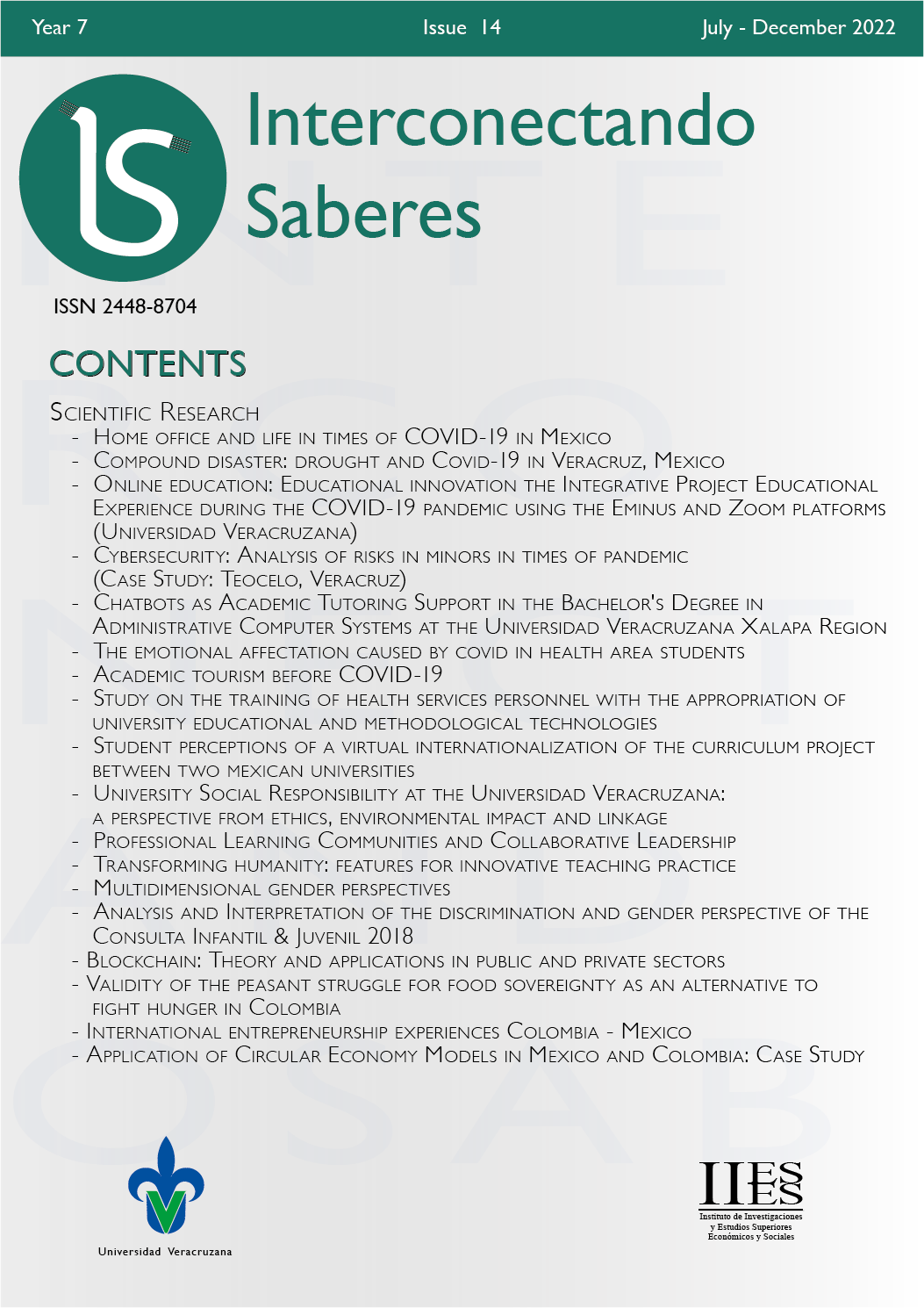Abstract
The objective of this opinion is to analyze how current digital communication spaces, YouTube and TikTok like cultural artifacts, propitiate the development of new reading strategies by evaluating their content creators as new reading promoters. The paper starts from two questions also known as triggers for this analysis: can the content creator be a reading promoter, and have the emerging technologies modeled the reading strategies of the participatory user? Digital platforms, their protagonists, and followers, also known as points of attention and convergence represent an opportunity to be an example for emerging and enthusiastic reading promoters. The conclusion is an approach to the participatory use of digital communication spaces for cultural acquisition; if contents influence audiences, it is possible to generate contents with cultural value to generate better reading promoters in present and future generations.
References
Acuña, R. A. B., Ortega, Á. D. J. G. y Ramos, N. R. (2021). Inmigrantes digitales vs. nativos digitales en instituciones educativas públicas Venezolanas: Aforismos sobre una realidad poliédrica controvertida. Revista científica saperes universitas, 4(1), 6-38.
Argüelles, J.D. (2017). ¿Qué leen los que no leen?. México: Océano Travesía.
Bocco, F., Gatica, J. B., Ferreyra Roque, K. A. y Piraino, N. (2021). Acerca del uso empático de las redes sociales: Instagram y TikTok en adolescentes entre 12 y 13 años [Tesis de licenciatura]. Universidad Católica de Córdoba. http://pa.bibdigital.ucc.edu.ar/3042/
De Luca, N. (2021). Análisis del marcador “tipo” en memes: hacia el concepto de marcador-meme en WhatsApp de interacciones juveniles. Revista Estudios del Discurso Digital (REDD), (4), 49-70.
Fedele, M., Aran-Ramspott, S., Elexpuru, I. y Korres, O. (2021). Construcción de las identidades, valores y estereotipos juveniles en los social media: l@ s influencers y las audiencias Millennial y Centennial. Madrid: Editorial Dykinson.
Fons Esteve, M. (2004). Leer y escribir para vivir: Alfabetización inicial y uso real de la lengua escrita en la escuela. Barcelona: Graó.
Giammatteo, M., Parini, A., Ganga, L., Vera, V. y Galende, E. (2021). Recursos lingüísticos en la gestión de la imagen personal en los comentarios a reseñas de productos en YouTube. Humanidades Digitales en tiempos convulsos, 1(2), 1-14.
Guiñez-Cabrera, N. y Mansilla-Obando, K. (2022). Booktokers: Generar y compartir contenidos sobre libros a través de TikTok. Comunicar: Revista Científica de Comunicación y Educación, 30(71).
Instituto Nacional de Geografía y Estadística. (2021). Módulo sobre Lectura (MOLEC). INEGI. https://www.inegi.org.mx/contenidos/saladeprensa/boletines/2021/EstSociodemo/MOLEC2020_04.pdf
Nieto, M. L. y March, D. R. (2021). Una mirada crítica de las nuevas tecnologías digitales en la sociedad y en la escuela. Reflexiones, 7, 57-63.
Rudnick Vizcarra, M. P. (2021). El caso pictoline: la narrativa transmedia como fórmula para crear medios de comunicación exitosos para las nuevas audiencias [Tesis de maestría]. Universidad Catolica de la Santísima Concepción. https://www.academia.edu/download/66060254/Tesis_El_caso_Pictoline.pdf

This work is licensed under a Creative Commons Attribution-NonCommercial-NoDerivatives 4.0 International License.
Copyright (c) 2022 Joel Almeida García


